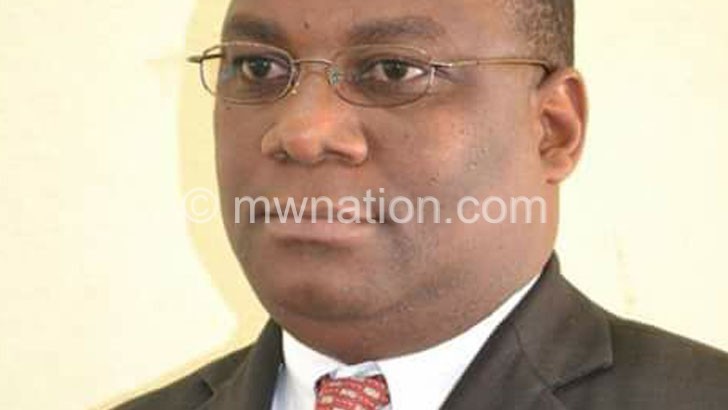Mwera winds reduce power generation
Malawians should expect longer loadshedding hours following a reduction in power generation from the current 200 megawatts (MW) to 180 MW.
While he could not specifying how long the load shedding hours will be extended, Electricity Supply Commission of Malawi (Escom) public relations manager Innocent Chitosi said yesterday the development is due to Mwera winds that have reduced water levels on Lake Malawi and Shire River where over 90 percent of the country’s electricity is generated.

He said: “Customers might be exposed to longer hours of load shedding than programmed. This started last week and for now I cannot say how long [it will go on for]. We are doing everything possible to ensure we mitigate these challenges.”
He said since the problem emerged last week, the power utility company has been using emergency generators.
“The whole of last week maybe some customers did not feel it because we used the emergency generators. We used them longer than the six hours they are programmed to run so that is why some customers did not feel it.”
But Chitosi said running costs for the generators and fuel availability may pose a challenge in ensuring that they continue operating for longer hours.
The power supply company said it will continue to monitor the availability of power from Electricity Generation Company (Egenco) and that the loadshedding time is being adjusted according to available power.
In a separate interview, Egenco spokesperson Moses Gwaza confirmed the reduction in power generation due to Mwera winds.
He described the situation as temporary, saying power generation might be restored soon once the winds are gone.
Asked on the long-term solutions to end the power generation challenges, Gwaza said they are planning to diversify electricity generation through a number of projects.
“We are diversifying because most of the problems we are facing in electricity generation are that we are relying on the Shire River for generation. So, we are looking forward to the 300MW Kam’mwamba Coal Project and a 300MW coal project by us which will be done in phases of 100MW each,” he said.
Gwaza said the company is currently generating between 180-190MW, less than the demand of 200 MW.
News of the reduction in power generation and supply comes days after Escom said it has completed tapping 20MW of power at 33 kilovolts from Chipata in Zambia through Mchinji to boost supply.
The five-year cross-border power supply means that Escom will have at least 220 MW of power from the current 200 MW against a peak demand of around 350 MW subdued by reduced water levels.
Last month, Ministry of Natural Resources, Energy and Mining Principal Secretary Patrick Makanda, after appearing before the Parliamentary Committee of Government Assurances, said the running costs of emergency generators government acquired to boost the national power grid are high and unsustainable.
Government hired the generators from Aggrekko to address power challenges currently being faced in the country.
The leasing of the generators has also been marred by controversy, with the civil society accusing government of entering into a shoddy deal which ended up milking taxpayers’ money.
The country has been experiencing power outages since 2017 when electricity users were being subjected to 23 hours of load shedding per day.





